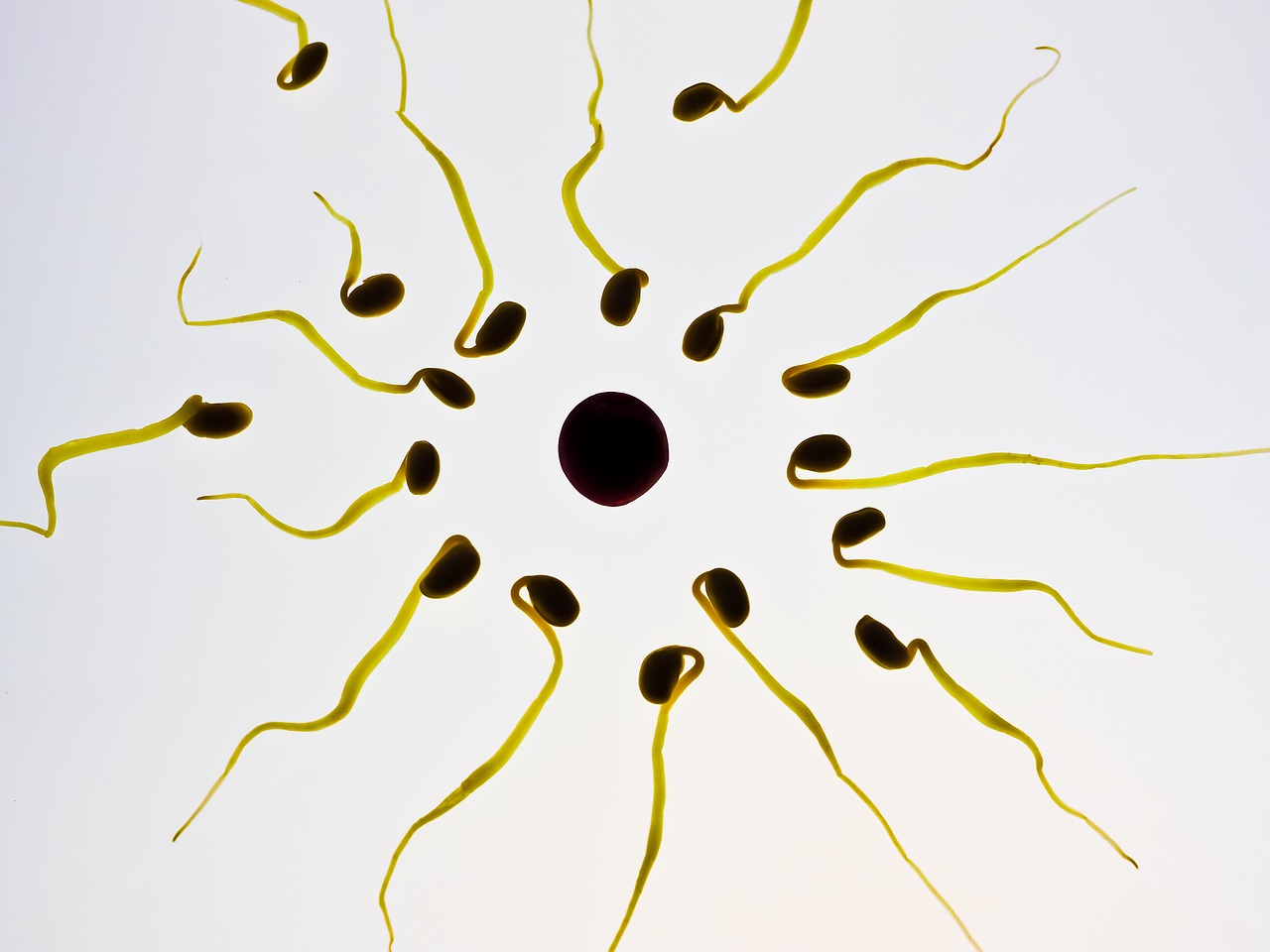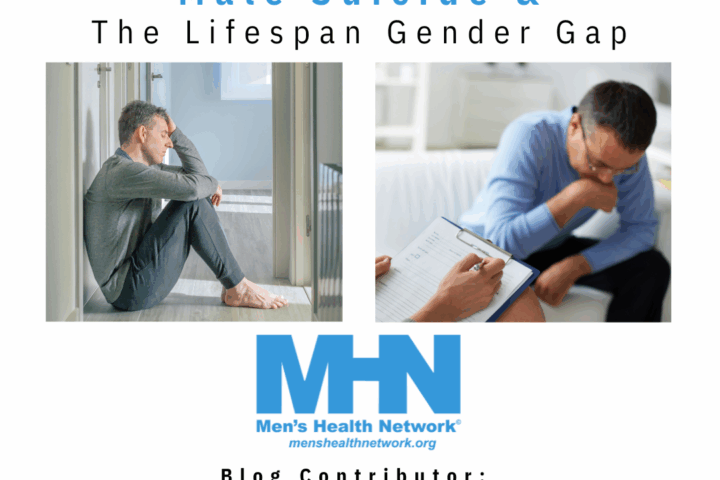Nichoas Kristof, in his New York Times Op-ed piece, has side stepped his usual poignant political commentary to pontificate on sperm and its implications for the survival of our species. Got to wonder what he’s putting in his coffee nowadays.
Struggling Sperm
His piece begins with the notions that human sperm have lost their once-nice figures, can’t swim as well as they used to, and have fallen off in numbers over the last 75 years. He then suggests that these issues are an “urgent concern that affects reproduction, possibly even our species’ future.” No shortage of melodrama here. The column is peppered with quotes from epidemiologists, scientists and “scholars,” who uniformly support his argument. But there’s not a peep heard from those who live in the trenches: the infertility doctors. As one of those doctors, here is where I come in.
Bad Cover; Good Book
As a highly regarded writer, Mr. Kristof, of all people, should know not to judge a book by its cover. The same is true with sperm. Just because they look “misshapen” doesn’t mean that their genetic payload or performance is compromised. Sometimes the ugliest duckling makes the most beautiful swan. In fact, most changes to sperm shape are minor and worthy of debate, depending on whom you ask. Realize too, that the whole concept of sperm shape (termed morphology) arose as just another way for us to organize the universe around us, similar to naming stars and planets. Ask anyone who looks at sperm for a living, and they’ll tell you that it’s a lot like judging art.
I agree that human sperm don’t “look” as good as sperm from wild animals, either from the land or sea. But that’s comparing apples to everything but apples. My hunch is that our sperm took this turn away from being perfect looking way, way back; possibly when we humans started controlling our own environment, like living in caves, tents and houses, working indoors and making our own food. And just maybe, because our lives are so much more controlled and stable now than they were in Neolithic times, our partners in crime, women, are more fertile than ever. As a consequence, maybe we need less good sperm nowadays to get the job done. Its just the way evolution works and not really a crisis for our species. That damn opposable thumb started it all!
Any Fewer Babies?
But whatever the problems that individual sperm may have, what matters most to our species is our actual “fecundity,” which is the ultimate measure of human capital. It’s our potential to conceive that’s so critical to our survival. And, the bottom line here is that there is no hard evidence to suggest that this has changed at all. A bunch of us from around the world met at a think tank session at the NIH in 2015 to discuss this one issue. And, as expected, what surfaced early on and pervaded the entire meeting were the massive complexities that surround this subject. Factors such as cultural norms, socioeconomics, family planning behavior and pregnancy intentions are all rather large elephants in the room when discussing human fecundity. And they are all huge influencers about which very little is known. After hearing the best research from around the globe about changing human fecundity, we published that: “…we are unable to definitively answer the question as to whether human fecundity is changing.” It’s just not possible to say.
So, when it comes to sperm, maybe we are good enough. Maybe our partners don’t need perfect anymore. Maybe, as I have often said, we are fully the men our grandfathers were.
This post appeared first on Dr. Turek’s blog.




